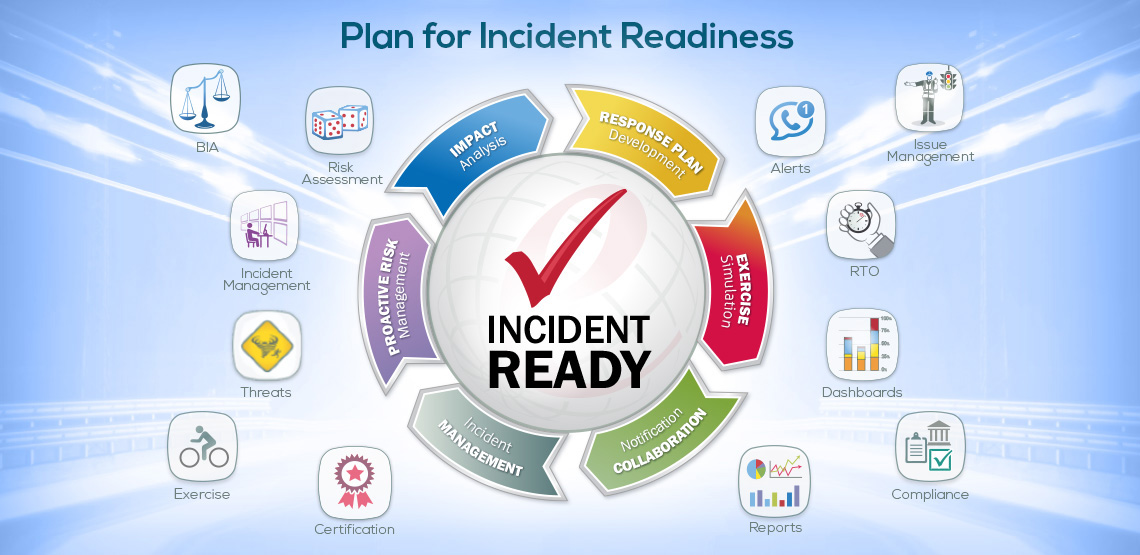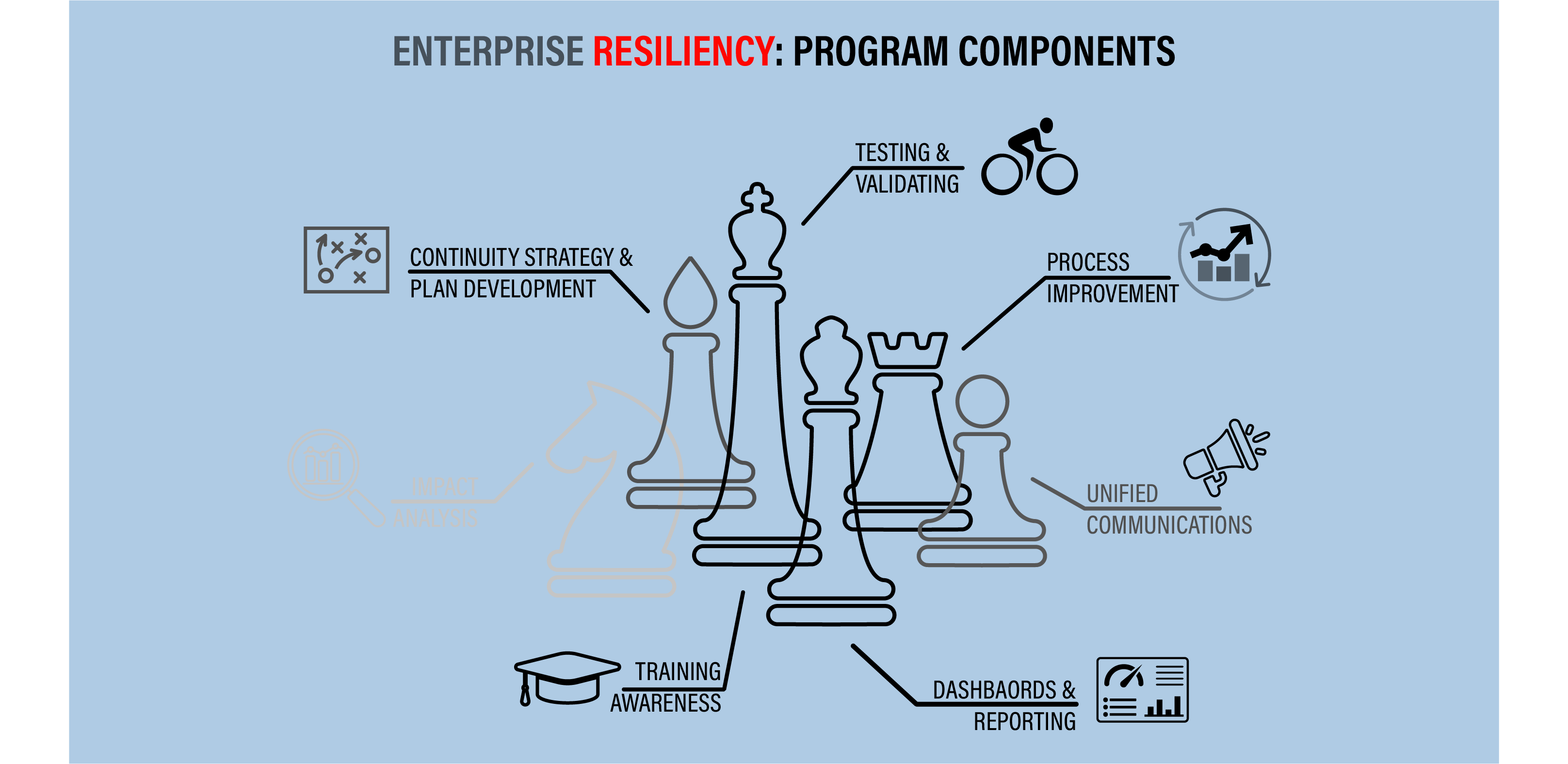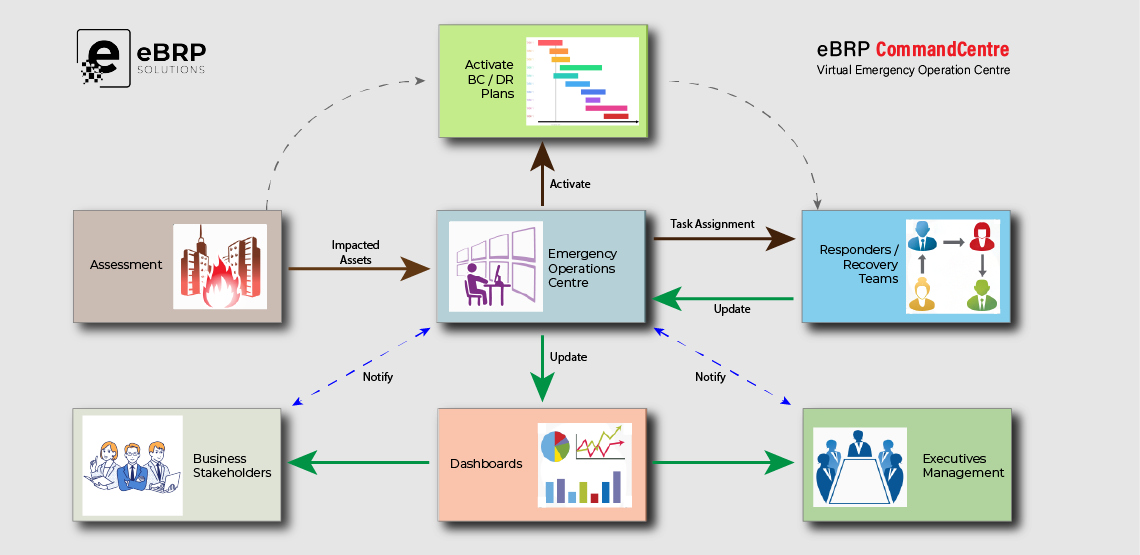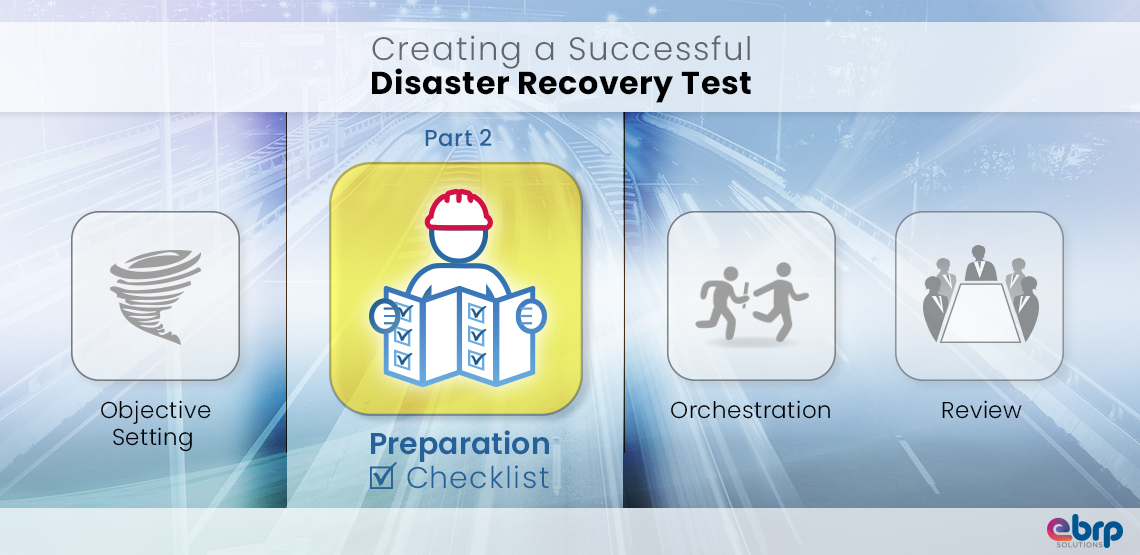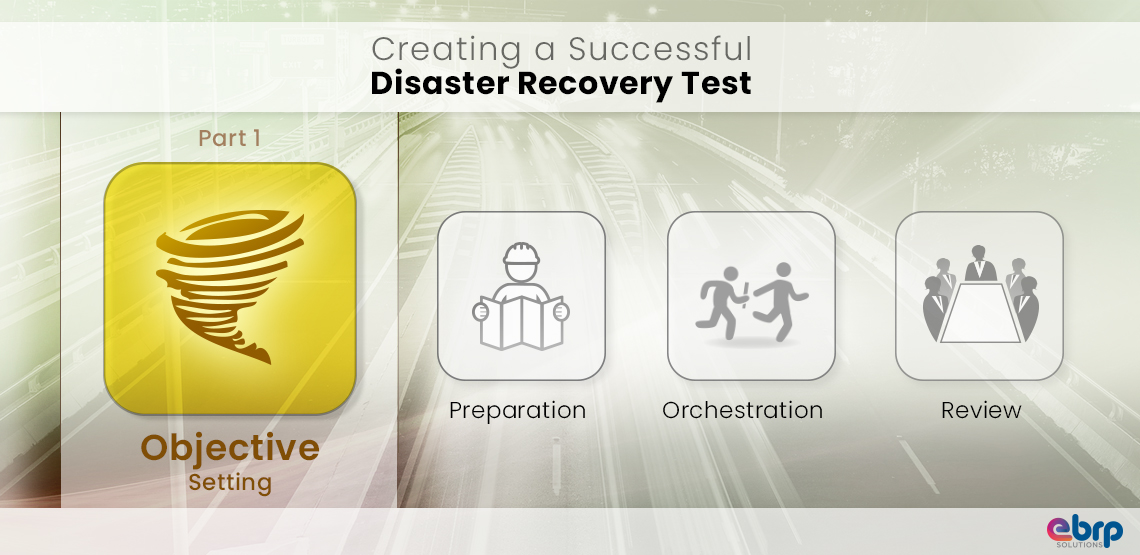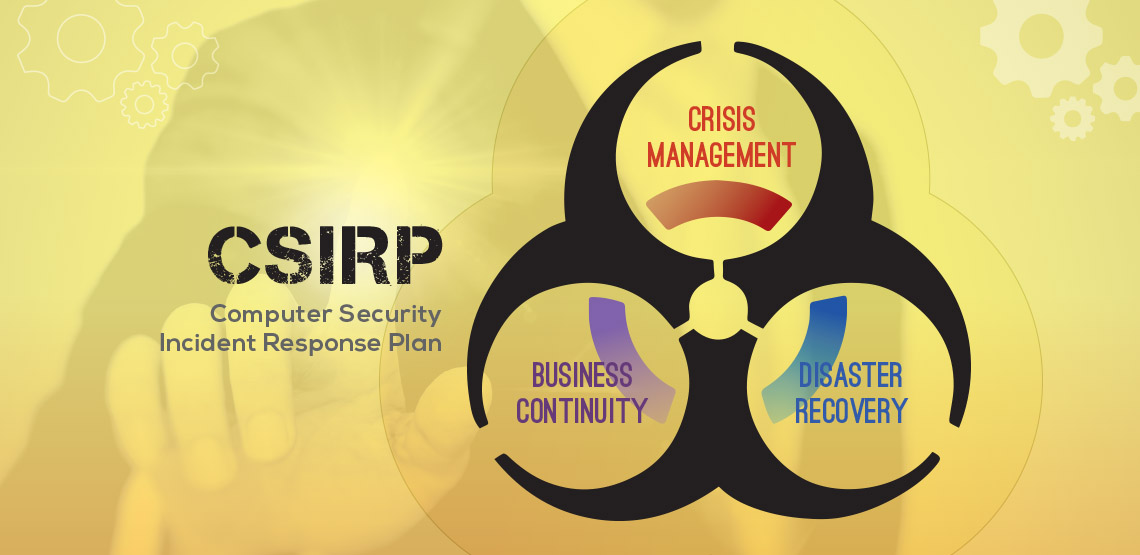2017: The airline industry has gotten publicity lately – for reasons they’d rather have avoided:
- United Airlines forcibly removed a passenger due to overbooking. The resulting furor saw their stock plunge more than 4%.
- Delta’s 5-hour outage resulted in the 300 cancelled flights and cost of $150 million.
- British Airways’ system glitch in May stranded 75,000 passengers and cost more than $150 million.
Some of these negative results can be blamed on the lack of speed and decisiveness of responses to these crises. Was that attributable to unpreparedness – or simply to executives’ lack of confidence in existing Continuity Plans to deliver their stated objectives? Did execs follow paths laid out in tested Crisis Management, Incident Management and Business Continuity Plans – or did they improvise?
Your C-Suite’s willingness to activate Plans after a major disruption is proportional to their confidence in those Plans to deliver as intended.
To paraphrase a famous Prussian general: no battle Plan survives first contact with the enemy. Would your Business Continuity or Disaster Recovery Plan be effective if your business were publicly disrupted?
Would your organization’s Executives have the confidence to launch those Plans without second-guessing their effectiveness?
Plans may look good on paper. They may even be backed up by tests and exercises. But will they truly save your organization from embarrassment and expense at the time of an incident? It’s your job to make certain they will.

